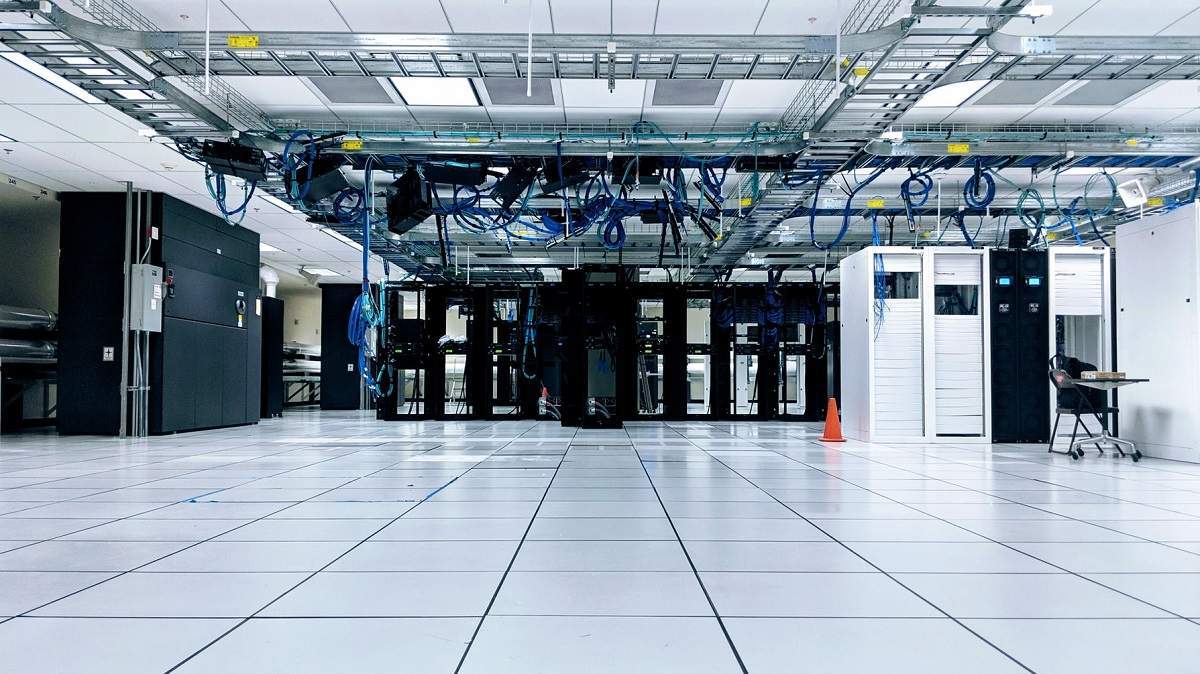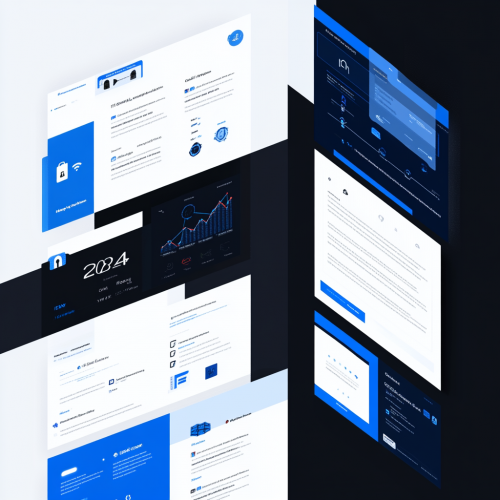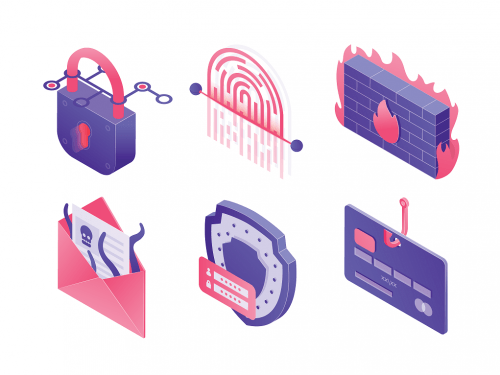Cloud services allow organizations to scale their IT infrastructure by leasing virtual resources from a cloud provider. This can be done on an as-needed basis and without the expense of installing and maintaining on-premises hardware. In this article, we will explain how cloud infrastructure is organized.

Cloud infrastructure consists of a set of hardware (hardware) and software (software) components that are required to support a cloud provider’s cloud services. Hardware components are located in data centers, which will be described in more detail below; access to hardware resources and their management is organized remotely, through the Internet channel. Let’s take a closer look at the design of cloud infrastructure.
The main physical components of cloud infrastructure are servers, data storage and network equipment. At the software level, resources are virtualized through special software or virtualizer – a system that allows users to access data stored in the cloud using an Internet browser or a separate program. VMware tools, for example, allow you to run a company’s applications without prior installation.
Cloud Types
. The three most common cloud infrastructure models:
- The public or public cloud is a multi-tenant environment. The provider provides physical computing resources as virtualized resources to multiple tenants. The resources of different companies are isolated from each other.
- In the private cloud model, only one organization has access to the cloud infrastructure and physical server resources. The private cloud is characterized by higher security and complete isolation of infrastructure.
- Hybrid cloud combines the capabilities of private and public cloud systems. For example, part of the customer’s data can be placed in the public cloud, and more important systems – in the private cloud. In addition, the hybrid model allows you to combine the company’s own cloud and the provider’s cloud into a single space. There is also a multi-cloud model – the optimal solution for those who use the services of different providers.
- .
Cloud infrastructure is usually understood as IaaS (“infrastructure as a service”). An organization that opts for IaaS services leases access to computing power, storage, network resources and virtualization platform that are owned by the provider. Each component of the cloud infrastructure helps providers to successfully deploy and deliver services and customers to utilize them.
Servers
. A server is a data processing computing device that is housed in secure data centers. Technically, it is a high-performance computer in a special form factor for placement in a rack Example: a line of servers Cisco Unified Computing System (UCS).
Public cloud providers share computing resources among multiple tenants and can use the same server to provide services to multiple customers.
When deploying a private cloud, organizations can use dedicated servers for storage or entire systems on a stack of networking hardware and software. For example, FlexPod is a joint data center (DC) product from Cisco and NetApp that leverages innovative hardware in the form of Cisco UCS servers, Cisco Nexus switches, NetApp FAS, SolidFire or NetApp E-Series storage.
Data Storage
. Cloud storage services allow organizations to store and manage data on external file servers instead of building their own, on-premises systems.
Cloud storage uses storage systems (storage) based on hardware and software components, which include hard disks, special storage management software, and more. Examples are storage systems from NetApp or Dell.
Apart from data storage, cloud storage is used for disaster recovery. In this, cloud infrastructure is usually used as a backup site. The customer can customize their own backup schedule.
Virtualization platforms
. To virtualize physical resources, special software is used that allows users to interact with their cloud infrastructure through a graphical user interface. Through virtualization platforms, users can utilize the available data storage and processing power of real hardware. Servers, networks or storage can be virtualized.
Virtualization platforms include vSphere, Microsoft Hyper-V, NSX, XEN, VirtualBox, KVM, and others.
Network hardware
. Cloud resources are delivered to users over the Internet, so service providers need to build and maintain network infrastructure. This equipment includes: switches, load balancers and routers. Quality networking equipment ensures that the cloud infrastructure is always available to customers and that it operates reliably.
Data Center
. All components of a cloud provider’s cloud infrastructure – routers, switches, firewalls, storage, servers, etc. – are housed in data centers, or data centers (DCs).
Data centers are classified by compliance with standards (SOC, ISO, PCI DSS and others), by size (large, modular, containerized and others), by reliability level (Tier I, II, III), by purpose (private, commercial or outsourced). Companies most often choose hyperscale data centers – large scalable data centers focused on cloud services.
Providers seeking to build high-quality and highly available cloud infrastructure place their equipment only in reliable data centers with Uptime Institute Tier III security certification, 24/7 support, security and employee access control.
Summary
. The physical arrangement of infrastructure is centered in data centers: servers, storage, software, and other components reside there. Data centers produce computing resources that businesses can use virtually, choose their capacity, and expand as needed. A private cloud can be built in separate data centers according to customer preferences.
The reliability of the cloud depends on the security level of the data center and the quality of the equipment. High-end equipment includes Cisco servers, NetApp storage, VMware virtualization platforms and others. It is preferable for clients to choose certified data centers.

 Previous article
Previous article


